Torii Kotondo: The Shin Hanga bijin-ga master
Torii Kotondo (1900-1976) was a prominent artist of the Shin Hanga movement, known for his exquisite bijin-ga (pictures of beautiful women). His work is characterized by its elegance, refinement, and attention to detail, capturing the grace and poise of his subjects in moments of quiet introspection.
 No. 4 - Morning Hair, Torii Kotondo. Source: ukiyo-e.orgꜛ
No. 4 - Morning Hair, Torii Kotondo. Source: ukiyo-e.orgꜛ
Biography
Torii Kotondo (鳥居 言人), born Saito Akira on November 21, 1900, in Tokyo, Japan, was a prominent figure in the Shin Hanga movement, particularly known for his exquisite bijin-ga (pictures of beautiful women). Kotondo was born into a family deeply rooted in the arts, particularly in the tradition of ukiyo-e and kabuki theater, which significantly influenced his artistic development.
Kotondo was adopted into the Torii family at a young age, a family that had a long history of producing ukiyo-e artists, particularly specializing in kabuki actor prints (yakusha-e). The Torii family had been involved in the creation of theatrical billboards and actor portraits for kabuki theaters for generations, and Kotondo was trained in this tradition by his adoptive father, Torii Kiyotada V (also known as Torii Kiyotada VIII), who was a leading ukiyo-e artist and the head of the Torii school.
Under his father’s guidance, Kotondo honed his skills in traditional ukiyo-e techniques and absorbed the aesthetics of kabuki prints (yakusha-e). However, Kotondo’s personal artistic inclinations leaned more toward bijin-ga, a genre that celebrates the beauty of women. His work in this genre would later distinguish him as one of the leading artists of the Shin Hanga movement.
In the early 1920s, Kotondo began working with the prominent publisher Watanabe Shōzaburō, who played a crucial role in the revival of woodblock printing through the Shin Hanga movement. Kotondo’s bijin-ga prints quickly gained popularity, admired for their elegance, refined beauty, and attention to detail. Despite his relatively short career, Kotondo produced a number of iconic prints that are highly valued by collectors today.
Torii Kotondo continued to contribute to the Torii family’s artistic legacy until his death on July 13, 1976. His work remains an important part of the history of the Shin Hanga movement, celebrated for its grace, beauty, and technical mastery.
Artistic style and significance
Torii Kotondo is best known for his bijin-ga prints, which are characterized by their elegant and idealized portrayals of women. His work is marked by a deep respect for traditional Japanese aesthetics, combined with a modern sensitivity to the nuances of beauty and fashion.
Bijin-ga: The art of timeless beauty
Kotondo’s bijin-ga are celebrated for their delicate beauty and the refined elegance of their subjects. His prints often depict women in quiet, introspective moments, capturing the grace and poise that were highly valued in Japanese culture. Unlike some of his contemporaries, who experimented with more modern or Westernized styles, Kotondo remained deeply committed to traditional Japanese ideals of beauty.


Left: After a visit to the Yugaeri bathhouse, Torii Kotondo, 1933. Source: Wikimedia Commonsꜛ (license: public domain) – Right: After a visit to the Yugaeri bathhouse (red background variant), Torii Kotondo, 1933. Source: ukiyo-e.orgꜛ
One of the defining features of Kotondo’s work is his attention to the fine details of the women’s attire, hairstyles, and accessories. His prints often feature women wearing elaborate kimonos, with intricate patterns and textures rendered with great care. The delicate lines and soft colors that characterize his work contribute to the overall sense of refinement and elegance.

Misty Spring (Oboro Haru), Torii Kotondo, 1932. Source: ukiyo-e.orgꜛ
Kotondo’s bijin-ga are not merely portraits of physical beauty; they also convey a sense of the inner world of the women he depicted. His subjects often appear contemplative, lost in thought, or engaged in quiet activities, such as arranging flowers or preparing for the day. This focus on the emotional and psychological aspects of his subjects adds depth to his work, making it resonate on a more personal level with the viewer.
Mastery of traditional techniques
Kotondo’s training in the Torii school of ukiyo-e is evident in his mastery of traditional woodblock printing techniques. His prints are characterized by their clean lines, careful composition, and the harmonious use of color. Kotondo was meticulous in his attention to detail, often working closely with carvers and printers to ensure that his vision was perfectly realized in the final print.
Despite his adherence to traditional techniques, Kotondo’s work also reflects the influence of modern trends in Japanese art. His use of shading and gradation to create a sense of depth and texture, as well as his sensitivity to the play of light and shadow, shows an awareness of contemporary artistic developments. However, he always balanced these modern elements with the timeless beauty and simplicity that defined the bijin-ga genre.
Influence and legacy
Torii Kotondo’s contribution to the Shin Hanga movement is significant, particularly in the realm of bijin-ga. His work helped to revive and sustain the genre during a period of significant social and cultural change in Japan. The elegance and beauty of his prints made them highly popular during his lifetime and continue to be admired by collectors and art enthusiasts around the world.
Kotondo’s work also played a role in preserving the traditional techniques of ukiyo-e at a time when Japan was rapidly modernizing. By remaining true to the ideals of his artistic heritage while also incorporating elements of modernity, Kotondo created a body of work that is both timeless and relevant to his era. His prints remain a testament to the enduring appeal of traditional Japanese beauty and craftsmanship.
Notable works
Throughout his career, Torii Kotondo produced several notable prints that are considered masterpieces of the Shin Hanga movement. Here are some of his most famous works:


Left: Make-up, Torii Kotondo, 1929. Source: Wikimedia Commonsꜛ (license: public domain) – Right: Kamisuki (Combing Her Hair), Torii Kotondo, 1929. Source: Wikimedia Commonsꜛ (license: public domain)


Left: Rain, Torii Kotondo, 1929. Source: Wikimedia Commonsꜛ (license: public domain) – Right: Snow, Torii Kotondo, 1929. Source: Wikimedia Commonsꜛ (license: public domain)


Left: Peony Snowflakes, Torii Kotondo, 1933. Source: ukiyo-e.orgꜛ – Right: Peony Snowflakes (variant), Torii Kotondo, 1933. Source: ukiyo-e.orgꜛ


Left: Summer Geisha- Natsuko, Torii Kotondo, 1934. Source: ukiyo-e.orgꜛ – Right: Summer Geisha- Natsuko (variant), Torii Kotondo, 1934. Source: ukiyo-e.orgꜛ


Left: Woman Before a Mirror, Torii Kotondo, 1930. Source: Wikimedia Commonsꜛ (license: public domain) – Right: Combing Her Hair (Kamisuki), Torii Kotondo, 1933. Source: ukiyo-e.orgꜛ


Left: Early summer fine weather, Torii Kotondo, 1936. Source: ukiyo-e.orgꜛ – Right: Early summer fine weather (variant), Torii Kotondo, 1936. Source: ukiyo-e.orgꜛ


Left: Summer Kimono - Ayame Yukata, Torii Kotondo, 1932. Source: ukiyo-e.orgꜛ – Right: Sash - Obi, Torii Kotondo, 1929. Source: ukiyo-e.orgꜛ


Left: Nagajuban - Long Undergarment, Torii Kotondo, 1929. Source: ukiyo-e.orgꜛ – Right: Nagajuban - Long Undergarment (variant), Torii Kotondo, 1929. Source: ukiyo-e.orgꜛ


Left: Fuji Musume (Kabuki Actor Print), Torii Kotondo, 1950. Source: [ukiyo-e.org]()ꜛ – Right: Utatane- A nap, Torii Kotondo, 1933. Source: ukiyo-e.orgꜛ
Conclusion
Torii Kotondo is remembered as one of the most significant artists of the Shin Hanga movement, particularly for his contributions to the genre of bijin-ga. His prints, characterized by their elegance, refinement, and attention to detail, continue to be celebrated for their beauty and craftsmanship. Kotondo’s ability to capture the grace and poise of women in moments of quiet introspection has earned him a lasting place in the history of Japanese art. His work remains highly valued by collectors and continues to inspire appreciation for the traditional aesthetics of Japanese beauty.
References and further reading
- Chris Uhlenbeck, Jim Dwinger, Philo Ouweleen, Shin Hanga - Die »Neuen Drucke« Japans 1900-1950, 2022, Hatje Cantz, ISBN: 9783775752190
- viewingjapaneseprints.netꜛ
- Torii Kotondo on ukiyo-e.orgꜛ

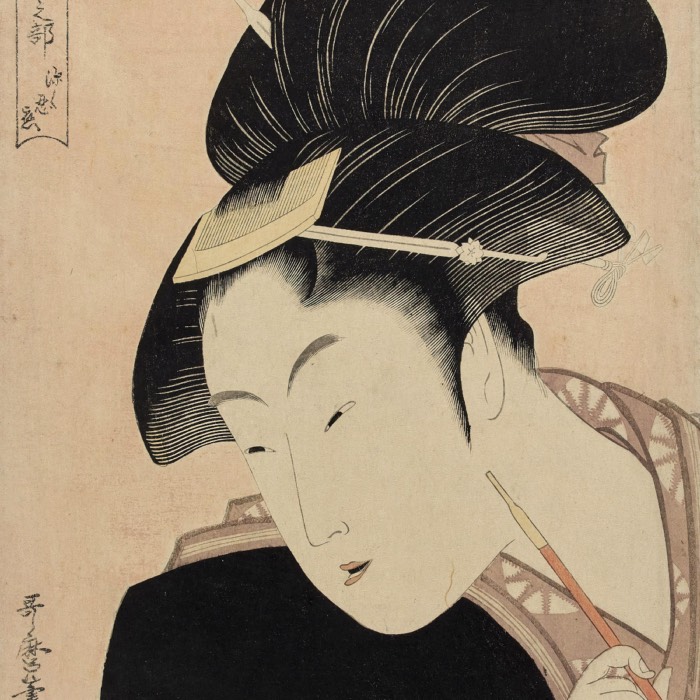
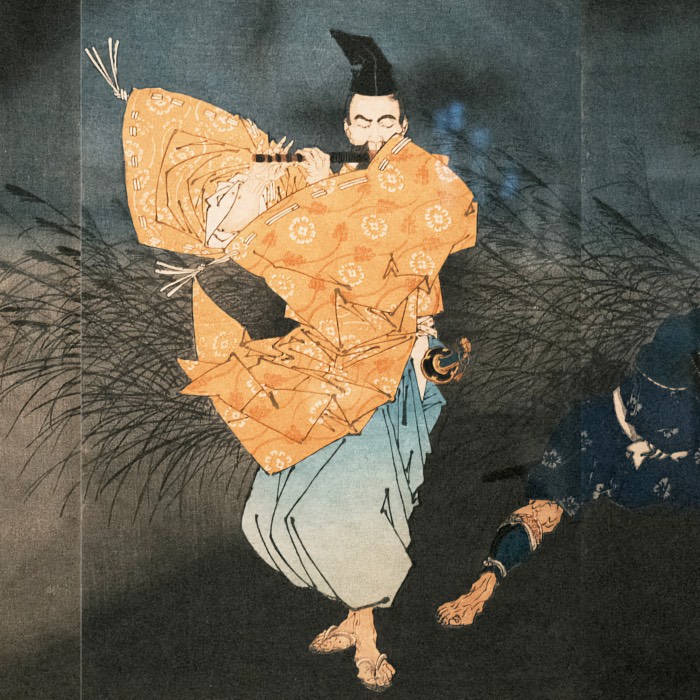
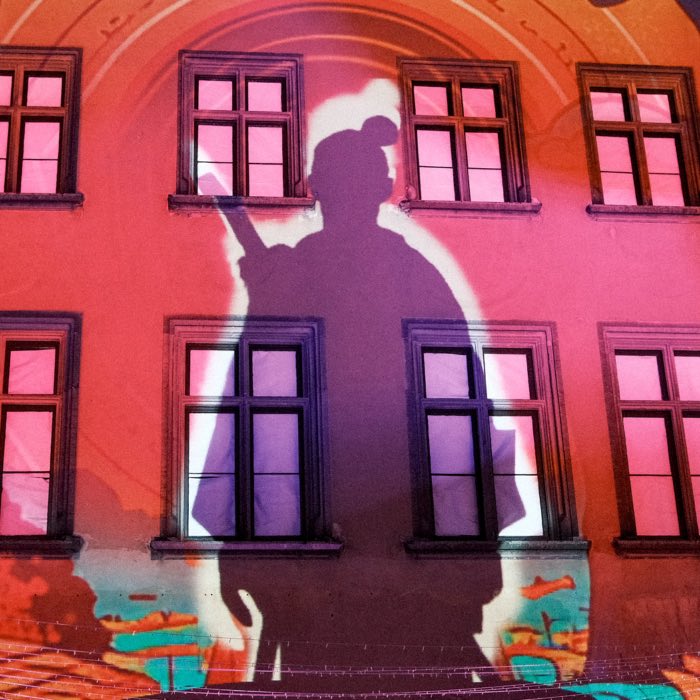
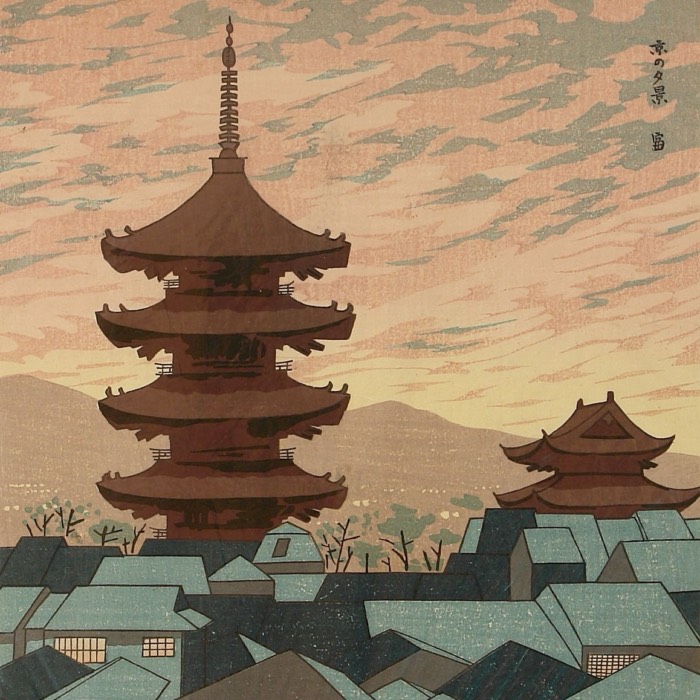
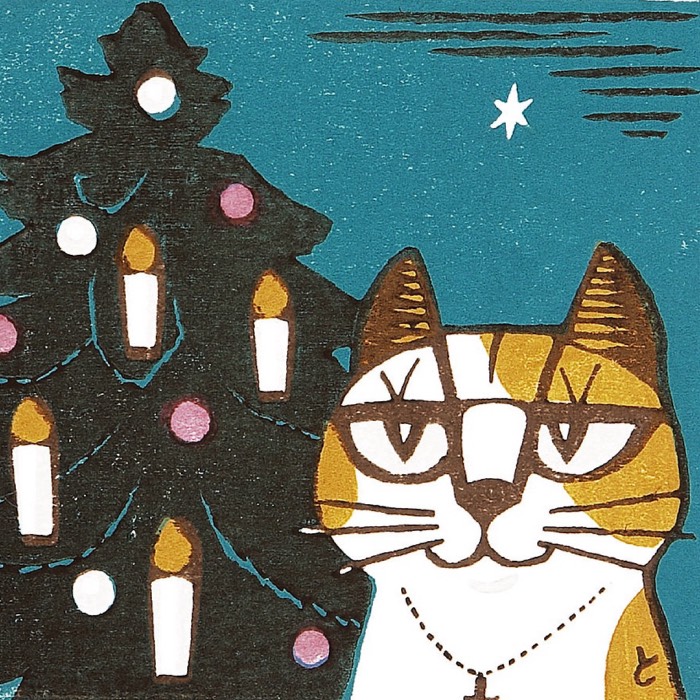
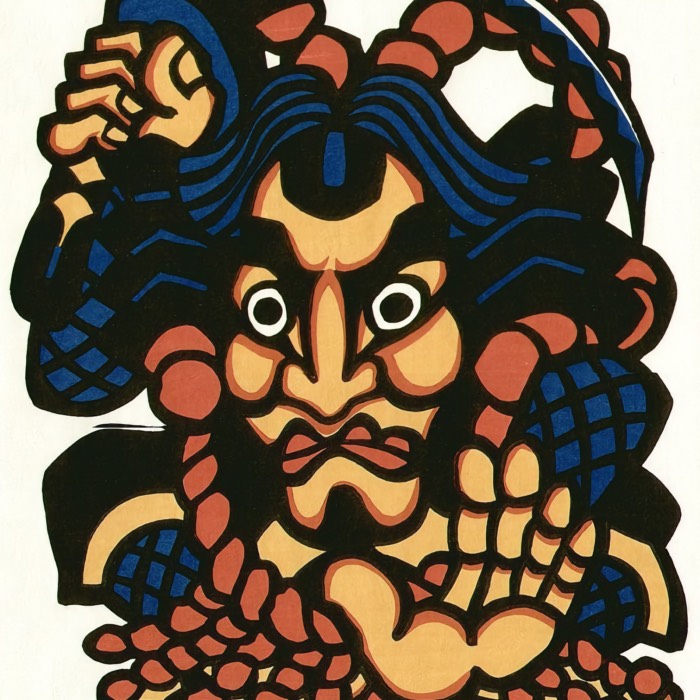
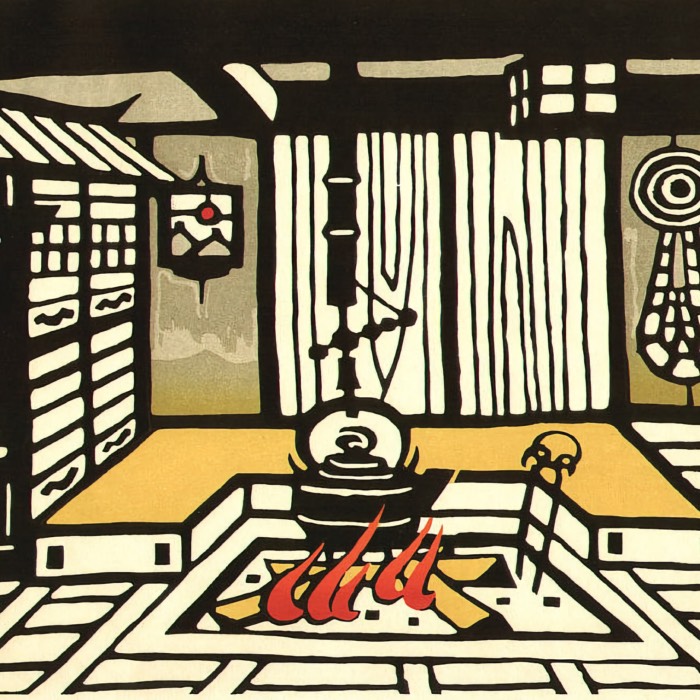
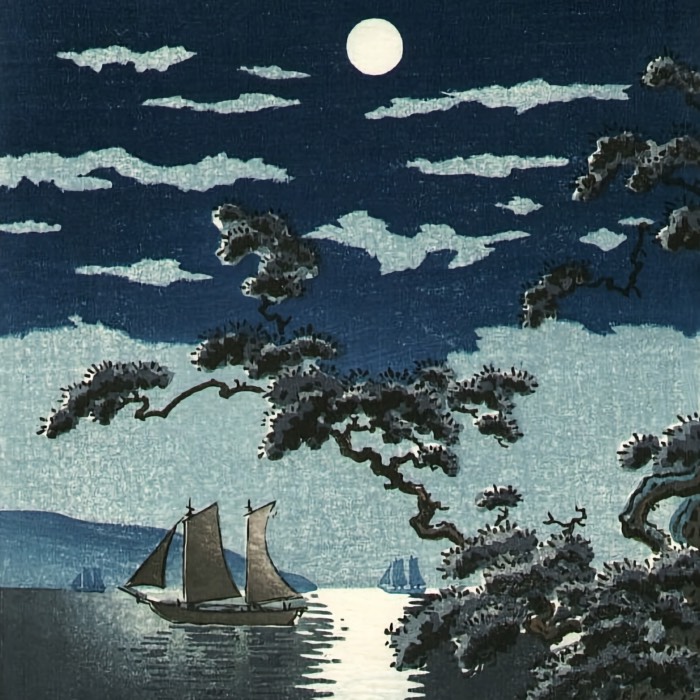
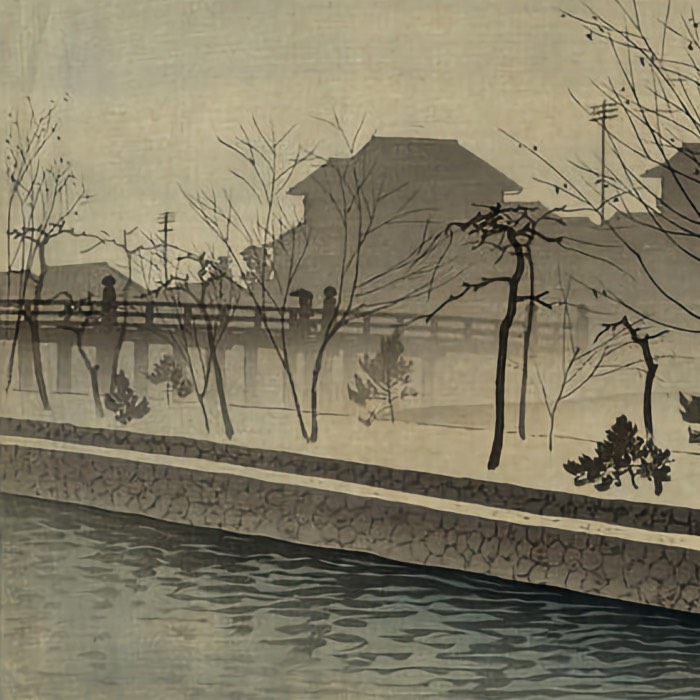
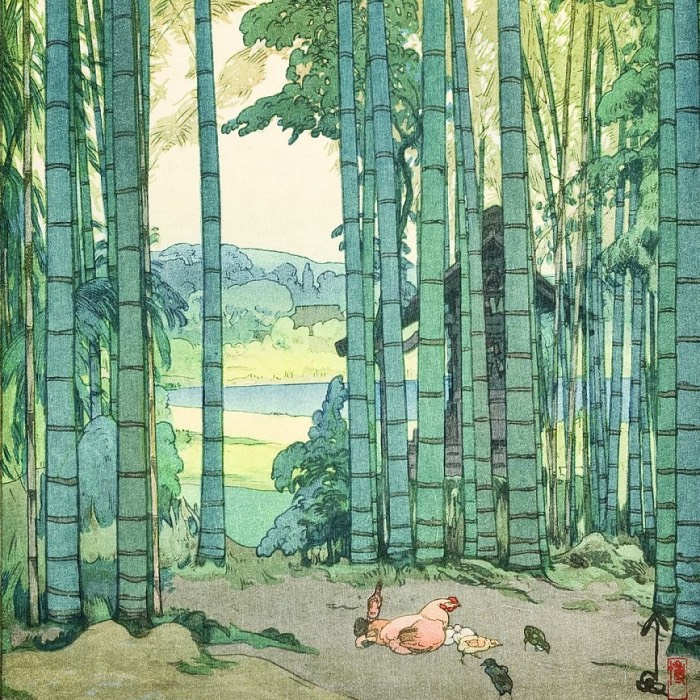
comments